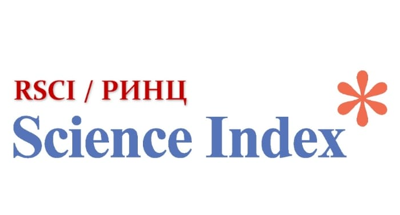Comparative assessment of radiation load when using digital and analog X-ray mammography devices
Views: 250 / PDF downloads: 229
DOI:
https://doi.org/10.32523/2616-6836-2023-142-1-33-40Keywords:
X-ray, X-ray mammography, digital, analog, spectrumAbstract
In medical practice, X-ray examinations play an important role in making an accurate diagnosis and monitoring the treatment quality. X-ray examination is the use of X-ray radiation to examine a patient in order to diagnose and prevent diseases consisting of one or more radiological procedures. Target radiography is a method of X-ray examination that allows obtaining a flat image of a limited part of the organ under study.
Mammography is the most extensive method to diagnose breast cancer. With its help, it is possible to identify pathological changes in tissues and formations at any stage.
The average age of patients diagnosed with breast cancer is 61.5 years. The outcome of breast cancer treatment directly depends on the identified stage of tumor, therefore early diagnosis of breast cancer has become one of the most urgent problems. Before the age of 40, mammography is not recommended as a screening, because breast cancer happens rarely at this age. Mammography is carried out for preventive purposes once in 2 years starting from the age of 40, and annually between the age of 50 to 60, and after that – once in 2 years.
The purpose of this article is to make a comparative assessment of radiation load when using digital and analog X-ray mammography devices.
The article compared and evaluated the possibility of reducing radiation exposure during analog and digital mammography.









